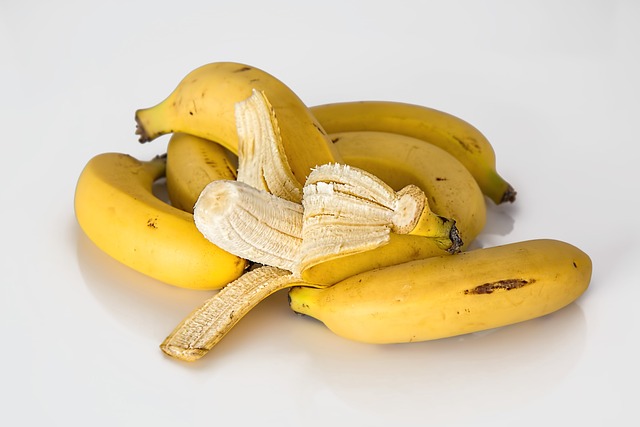Did you know? The fruit we commonly call a “banana” is quite different from wild bananas. Wild bananas often have big seeds and very little edible fruit. Many of them aren’t even suitable for eating!
When you eat a banana, you probably won’t find many seeds—most of today’s bananas are clones of the Cavendish variety. Surprisingly, there are over 1,000 different types of bananas!
The Cavendish was chosen because it’s seedless and lasts longer, making it ideal for stores that prefer fruits with a longer shelf life.
Fun fact: bananas are technically berries, just like watermelons! Their seeds are inside the flesh, which categorizes them as berries. On the flip side, strawberries and raspberries aren’t true berries because their seeds are on the outside.
Oranges are another fruit with a twist. They’re a human-made hybrid of pomelo and mandarin.
Ever seen a green-orange? It’s not necessarily unripe—it’s just wearing its sunscreen. When it’s sunny, oranges produce more chlorophyll, giving them a green hue for protection.
RELATED: What Food Combination Causes Sudden Death?
Now, if you’ve got a green banana that needs to ripen faster, try placing it in a plastic bag with an apple or tomato.
These fruits release ethylene gas, which speeds up the ripening process. Who knew fruits had such intriguing stories?
Did you know why unripe fruit tastes so bad? It’s because the seeds inside haven’t finished growing yet! In the wild, fruits want animals to eat them so they can spread their seeds. Once the seeds are ready, the fruit ripens and tastes delicious, and animals love munching on it!
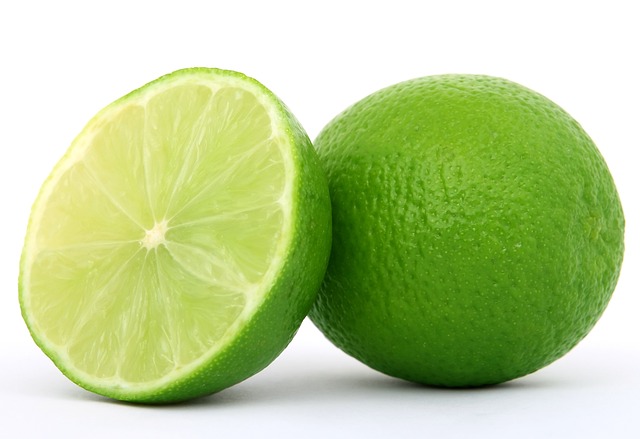
Limes, lemons, and oranges are related, and so are bananas—to lilies and orchids! If you compare banana leaves with those flowers, you’ll see they’re like cousins!
RELATED: How To Use Turmeric To Make A Turmeric Lemon Juice
Did you know peaches and nectarines are practically the same fruit? It all comes down to a tiny gene that decides if the skin will be smooth or fuzzy.
Here’s another surprise: apples are actually in the same family as roses! Along with pears, cherries, and almonds. Imagine bringing a bag of apples on a date and sharing this fun fact—now that’s romantic!
Did you know if you mix red, orange, and yellow bell peppers in a salad, you’re combining three different vegetables? Each color comes from a unique plant with its own set of seeds!
When you think of bananas, you picture warm tropical climates, right? Surprisingly, they can also grow in Iceland, the northernmost fruit producer in the world. It’s a bit of a berry debate up there!
Despite its cold climate, Iceland manages to cultivate tropical fruits, thanks to the underground geothermal heat that powers its majestic volcanoes and geysers.
RELATED: Top 13 Side Effects Of Garlic And Lemon Water
By the way, there’s a myth that certain veggies like lettuce and celery have “negative calories,” meaning your body burns more energy digesting them than they provide.
While they are very low-calorie (about 5–10 calories per serving), your body only uses about half a calorie to digest them.
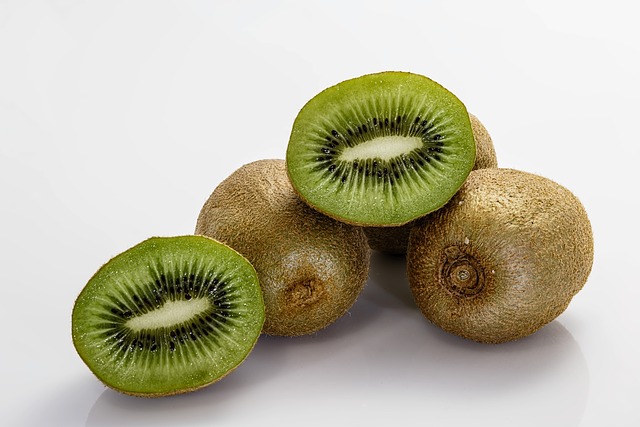
Did you know wild kiwi fruits look like big, hairy grapes? Interestingly, many people thought they resembled the tiny kiwi bird, so they named the fruit after the bird, not the other way around. Technically, it was “renamed” from its original name, Chinese gooseberry.
Craving sushi? If you bought wasabi from the grocery store, chances are it’s not the real thing—true wasabi is difficult to produce, so what you typically get is a mixture of horseradish, flavorings, and green colorants.
RELATED: 12 Food Combinations That Are Bad For Your Health
The ketchup we enjoy today bears little resemblance to its original recipe. Its origins date back to the 17th century when the Chinese made a sauce from pickled fish and spices.
The British version later included ingredients like mushrooms, shallots, and even walnuts. Over time, the term “ketchup” evolved to describe any dark-colored sauce
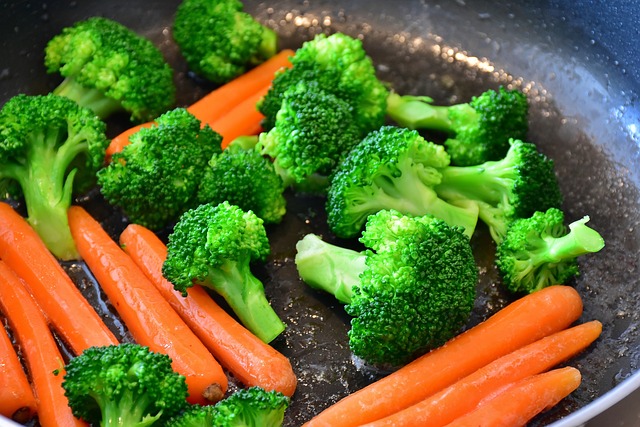
Did you know the first carrots were quite different from what we have today? Originally, carrots were thin and purple, unlike the thick, orange ones we’re used to. Carrots are remarkably resilient—they can survive winter underground without withering.
And about those baby carrots—surprise! They’re often just regular-sized carrots that have been cut and shaped to look smaller and more appealing.
RELATED: What Does Vitamin A Do For The Body
The truth is, they might not have sold as well in their original form, but they sure look good bite-sized!
Watermelons and tomatoes are mostly water, which is evident when you eat them. But did you know potatoes are also about 80% water? You could technically squeeze a potato and get a glass of juice from it, though I think I’d rather fry them instead!
Here’s another fun fact: carrots are more than 80% water, and apples contain about 25% air. That’s why apples float and why you can play bobbing for apples!
So, when you buy $10 worth of apples, $2.50 of that is just air. And here you thought paying for air in chip bags was a concern!
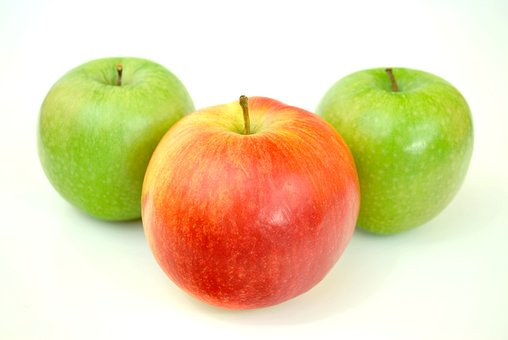
Did you know apples taste better when sliced because they react with oxygen? This triggers a special enzyme that helps the fruit ripen and turn brown.
The same process occurs if you accidentally bruise an apple—the oxygen enters through tiny openings, enhancing its sweetness!
RELATED: Health Benefits Of Eating Apples
Here’s a quirky fact: a scientist in Germany discovered a way to transform peanut butter into diamonds! Peanut butter contains a lot of carbon, and under extremely high pressure, it can crystallize into a diamond. Sounds like quite the experiment!
If you ever order “Welsh rabbit” in the UK, don’t be surprised if you receive crispy bread topped with a cheesy sauce—it’s not a meat dish after all! And did you know Worcestershire sauce was created by accident?
Speaking of accidental discoveries, two English chemists once attempted to make an Indian fish sauce but ended up with a batch too potent to eat.
They stored it in their basement and forgot about it for a few years. When they finally tasted it, the sauce had fermented into something surprisingly delicious! And yes, your favorite steak sauce still includes fish ingredients to this day.
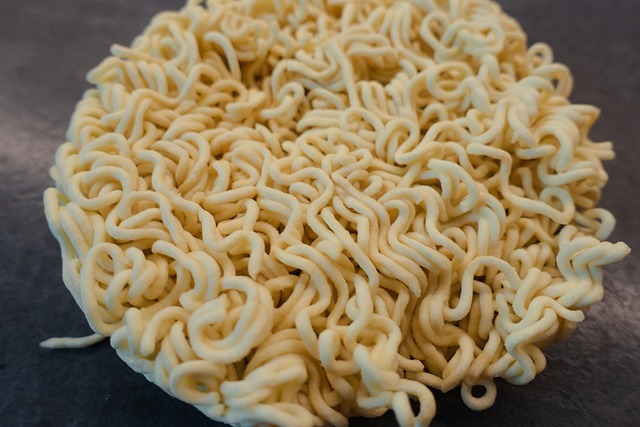
Did you know those instant noodles you grab when money’s tight were once considered a luxury item? The goal was to create food that could last a long time. After several failed attempts, the inventor finally succeeded!
RELATED: 20 Foods To Eat And Avoid On An Empty Stomach
The noodles had to be steamed, dried, deep-fried, and then seasoned. This complex process made them much more expensive than the fresh noodles everyone was used to.
Now, let’s step back to the 1700s. Legend has it that a man named John Montagu was so engrossed in card games that he didn’t want to stop for lunch. So, he asked for some meat between two slices of bread.
This allowed him to eat while playing cards and keep his hands clean. Montagu, who was the 4th Earl of Sandwich (a town in England), is credited with inventing the sandwich.
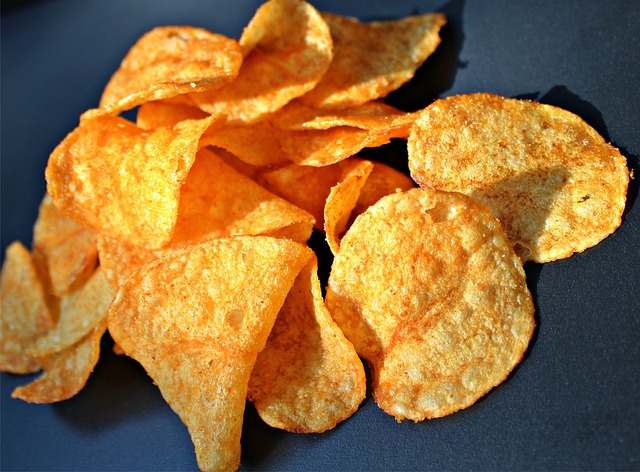
Here’s another fascinating food story: they say potato chips were invented by accident. In 1853, a customer at a restaurant complained that the French fries were too thick.
RELATED: Are Sweet Potatoes Good for Diabetes Patients?
When the chef made thinner fries, the customer still wasn’t satisfied. Frustrated, the chef sliced a potato into very thin pieces and fried them. To everyone’s surprise, the customer loved the crispy result!
And did you know cheese puffs started as a happy accident? Back in the 1930s, Edward Wilson found some oozing corn in a machine at an animal food factory.
Curious, he took the corn ribbons home, seasoned them, and discovered they puffed up when exposed to air. This accidental discovery turned into a beloved snack worldwide!
There are various tales about the invention of Chocolate Chip Cookies. One story suggests that a woman ran out of baker’s chocolate and decided to use broken-up semi-sweet chocolate instead.
She expected the chocolate to melt into the batter, but the pieces held their shape, creating delicious chocolate chips in the cookies. It was a delightful mistake that turned into a classic treat. After all, who doesn’t love a good cookie?
FAQs
What do you mean by “real” banana?
Today, the bananas most people eat are usually Cavendish bananas. These are seedless and grown for their consistent quality and long shelf-life. In contrast, wild bananas have larger seeds and come in various flavors.
Why are wild bananas not commonly eaten?
Wild bananas have big seeds and less edible flesh compared to the bananas we’re used to eating. They were originally bred to be more appealing and easier to eat on a larger scale.
How did bananas become seedless?
The Cavendish banana, which dominates the market now, was chosen for cultivation because it doesn’t have seeds. This type was developed to ensure that every banana you buy tastes the same and is good quality.
Are there other types of bananas besides Cavendish?
Yes, there are many other kinds of bananas with different sizes, colors, and tastes. Plantains, for example, are a type of banana that’s mainly used for cooking because they’re more starchy.
What impact does the uniformity of modern bananas have on biodiversity?
Focusing on growing just a few types of bananas has reduced the variety of bananas all over the world. This makes it easier for diseases and bugs to ruin.
Are there health differences between wild and cultivated bananas?
Both wild and cultivated bananas have good stuff like potassium and vitamins. Wild bananas might have more fiber because their seeds are bigger.
Can wild bananas be eaten?
Some wild bananas are okay to eat, but they often need special preparation because of their seeds and flavors. They’re not as common to eat as the bananas you find in the store.

